American Airlines is the largest airline in the world, with a current fleet of over 900 aircraft. Boasting nearly 100 years of history, the airline has, naturally, seen plenty of highs and lows. The oneworld alliance member has operated everything from Douglas DC-3s to the Boeing 777. The Texas-based aviation giant has pushed through, growing from its roots as a mail carrier to one of the most well-known airlines in the world. Let's take a look at how it got there.
The carrier traces its roots back to 1926 when Charles Lindbergh flew the first flight of what would eventually become American Airlines. Like the first operations of many airlines at the time, the flight carried mail but set in motion the carrier's transformation into a passenger airline in the 1930s.
Flying the name of its home country, the airline grew tremendously, pioneering the now-lucrative transcontinental routes using a Douglas DC-7. Boasting the oldest frequent flyer program of major US airlines, the airline also pioneered many other innovative technologies and network strategies. Coupled with a series of mergers that strengthened the airline, it now holds an enviable amount of brand recognition.
The early days
American Airlines traces its history to April 15th, 1926. On that day, the famous aviator Charles Lindbergh flew the first "American Airlines" flight. Before the American Airlines known today came about, the plane carried US mail from St. Louis, Missouri, to Chicago, Illinois. Like most other airlines at its time, flying mail was a lucrative option for airlines and set in motion the growth of passenger-focused airlines as planes grew bigger and better.
Integral to this story is C.R. Smith. Taking the helm at the airline in 1934, he came to the position after helping bring many smaller airlines together to create the new American Airlines, which stemmed most directly from "American Airways." Under his leadership, American Airlines worked to streamline its route network and simplify its fleet – a general strategy airlines continue to employ today.
Arguably one of his most significant contributions to aviation, Smith worked closely with Donald Douglas to create the DC-3. The airline became the first to operate in commercial service between New York and Chicago, ushering in the era of passenger flying.
After World War II took all of American's initiatives and put them on pause, with Smith heading to serve in the Air Force, he came back and instantly began revitalizing American Airlines for the post-war boom in travel. This included working with aircraft manufacturers and pushing them to develop new types of aircraft, including the Convair 240 and the Douglas DC-7.
The DC-7 was a game-changing aircraft at the time. Using this plane, American was able to fly more people faster between New York and Los Angeles at a time when airline travel was generally slow and inefficient on longer routes. American inaugurated DC-7 service on transcontinental flights in 1953.
Entering the jet age
The DC-7 was turning into old technology toward the end of the 1950s as jet airliners began making their way into the skies. Not long after inaugurating the DC-7 service, American Airlines bet on the Boeing 707, which paid off.
On January 25th, 1959, American Airlines introduced the first transcontinental jet service in the United States using the Boeing 707. It instantly became a success, and American solidified its position in an increasingly competitive airline market. It also commenced American's long-standing relationship with Boeing and its aircraft. Over the next two decades, the 707 would be integral to expanding American's fleet and building out its route network.
Another milestone came in 1964. American then became the first airline to hire an African American pilot. David E. Harris flew for the airline for over thirty years before his retirement. Nearly a decade later, in 1973, American Airlines hired its first female pilot. Named Bonnie Tiburzi Caputo, she was the first female pilot for a major US airline. She flew with American for 26 years.
Come 1978, and the airline industry was gearing up to face a radical change. With the passage of the Airline Deregulation Act, the market became free from government control over routes, airline startups, and fares, birthing the modern era of airline management and strategy. This led to some significant changes at American Airlines.
Managing the competition
Not every airline was in a good position to maneuver this new and highly competitive world. Those that were large before deregulation faced new competition and weak networks that they could not correct fast enough. Some were staring down the barrel of bankruptcy or worse. Meanwhile, American Airlines managed to make some vital moves at this time.
In 1981, American Airlines introduced the AAdvantage loyalty program. Kicking off the launch of frequent flyer programs at major airlines, the program was one of many ideas American came up with to remain competitive in a new airline environment.
Not long after deregulation, American Airlines moved its headquarters to Texas and began building up its largest hub at Dallas/Fort Worth International Airport (DFW). The airline turned to the hub-and-spoke model to direct traffic to international routes and remain profitable.
As some airlines saw their demise, including Eastern Air Lines, American Airlines saw an opportunity to capitalize on the new market conditions. With Eastern's failing, American picked up the carrier's Latin America service, setting in motion what would become one of the airline's strongest geographies.
Get the latest aviation news straight to your inbox: Sign up for our newsletters today.
As other airlines continued down the road to demise, on March 27th, 1991, American Airlines flew its one billionth customer. American Airlines had bought TWA's routes to London Heathrow, giving the airline an access point to an airport that would remain restricted for US operators into the 21st century. According to the New York Times, American paid $445 million for six routes between the US and London.
In 1999, American Airlines helped pioneer a new form of airline partnerships. It joined British Airways, Cathay Pacific, Canadian Airlines, and Qantas to found the oneworld alliance.
Into the 21st century
The aviation world changed forever on September 11th, 2001. Two American Airlines flights were used in the terrorist attacks that so tragically claimed thousands of lives. The airline industry faced a financial crisis in the aftermath, and American, along with its compatriots, fought hard to survive.
Just a few months before the attacks of 9/11, American Airlines bought TWA's assets. TWA was the latest carrier in a list, including giants like Eastern and Pan Am, to cease operations.
It would take until 2005 for American Airlines to come out of the financial crisis that the 9/11 attacks brought on. The airline tried new routes and shuttered others. Once it did come back to profitability, however, it did not stay that way for long.
The 2008 financial crisis also hit the airline hard. It made further route network adjustments, retired some of its aircraft, closed its Kansas City maintenance base, and weathered the crisis as best as possible.
In 2011, American Airlines placed its most significant aircraft order ever. The airline ordered 460 narrowbody aircraft, comprised of both Boeing 737s and Airbus A320 family aircraft. This kicked off an aggressive fleet renewal and streamlining period, leading to the retirement of the MD-80s and the introduction of the Boeing 787s, 737 MAX, and Airbus A321neos.
Shortly after placing this order, American Airlines filed for bankruptcy. As it restructured, it also started to look around for a merger partner. It needed a merger partner to combat the might of Delta Air Lines post-merger with Northwest and United Airlines post-merger with Continental. It found what it was looking for in US Airways.
The two airlines announced their intention to merge on Valentine's Day, February 14, 2014. This helped create the world's largest airline, the largest operator of the Airbus A320 family worldwide, and the American Airlines known around the world today. The final US Airways flight operated in October 2015.
American entered an expansion spree just before and continued on a roll after the merger into 2020. The airline added more flights to Asia, grew its Pacific presence, and strengthened its European offerings on the back of a joint venture with fellow oneworld partners.
In February 2020, the airline announced the creation of a West Coast International Alliance with Alaska Airlines. As part of that, American targeted London, Bangalore, and Shanghai from Alaska's hub in Seattle. Shortly thereafter, it announced a Northeast Alliance (NEA) with JetBlue. Using this, the airline announced new flights to Delhi, Tel Aviv, Athens, and more.
American Airlines has a long history of weathering storms and trying out innovative ideas, which will undoubtedly be of benefit as it bounces back from aviation's greatest crisis to date. The next few years will be crucial in writing the next chapter of American's history. Thus far, history has shown not to count anything out when it comes to what is now the world's largest airline. It did not spring up overnight, and it is undoubtedly going to keep putting up a fight.
Source: The New York Times

-N794AN.JPG)
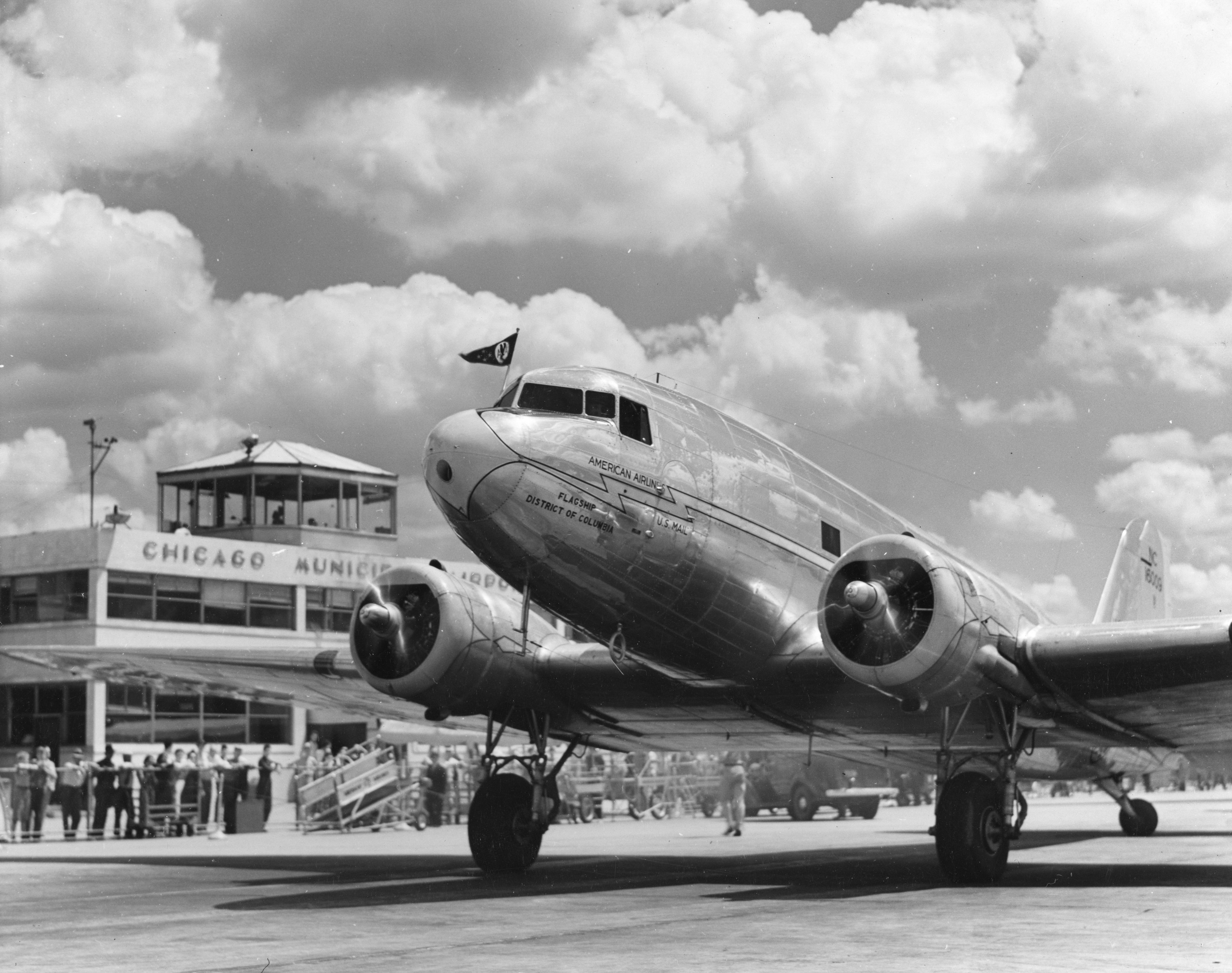
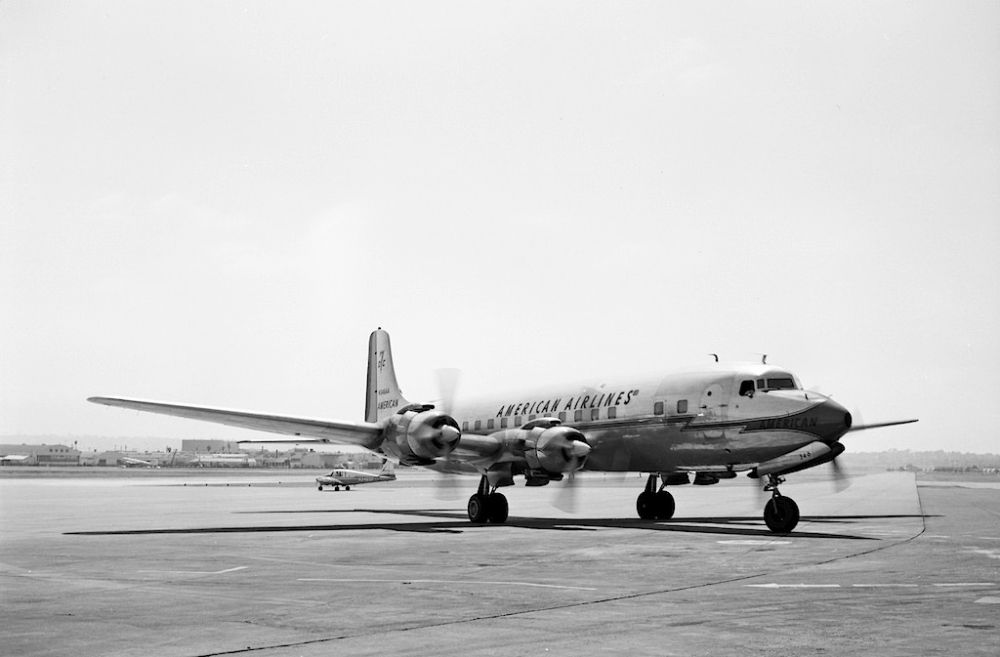
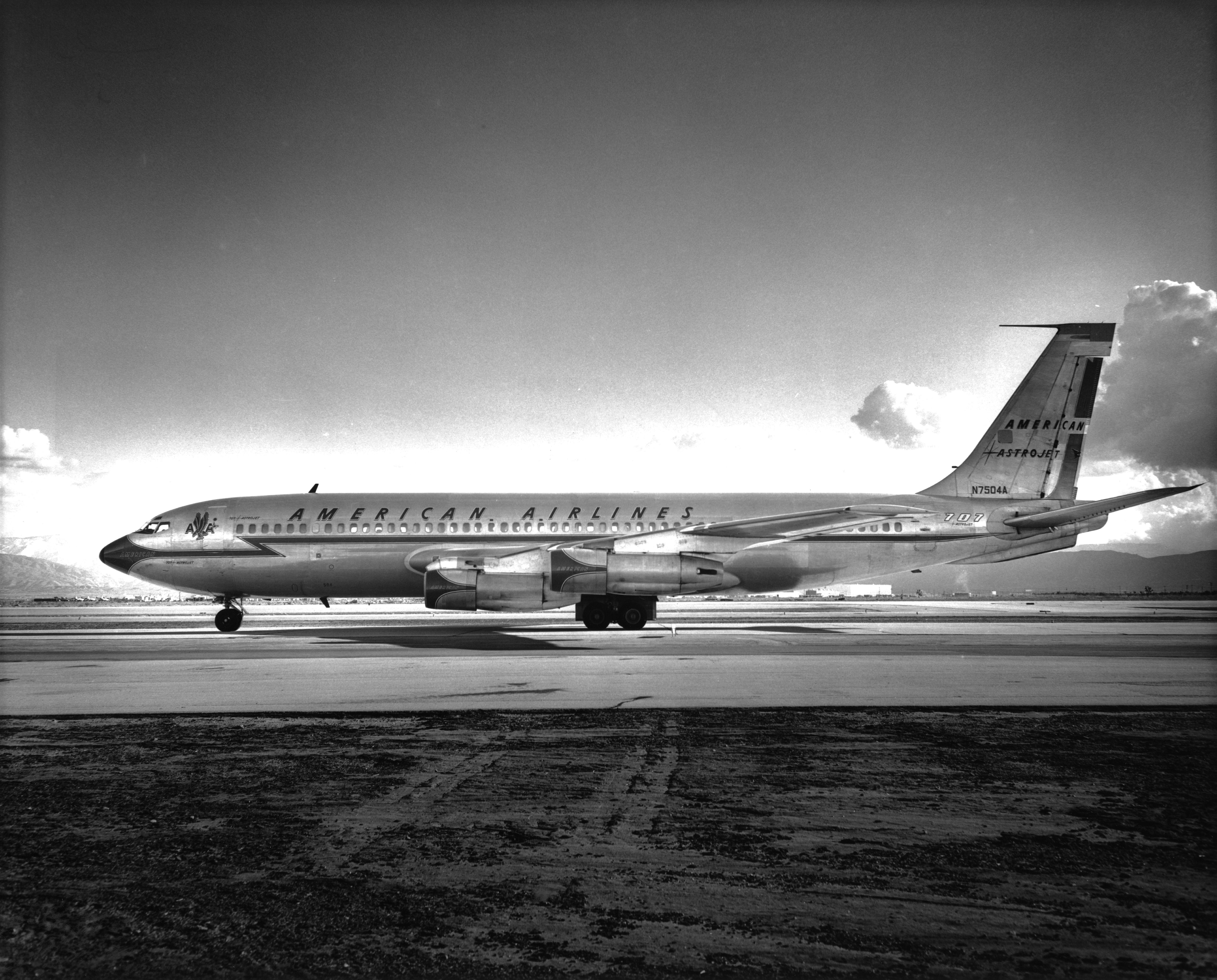
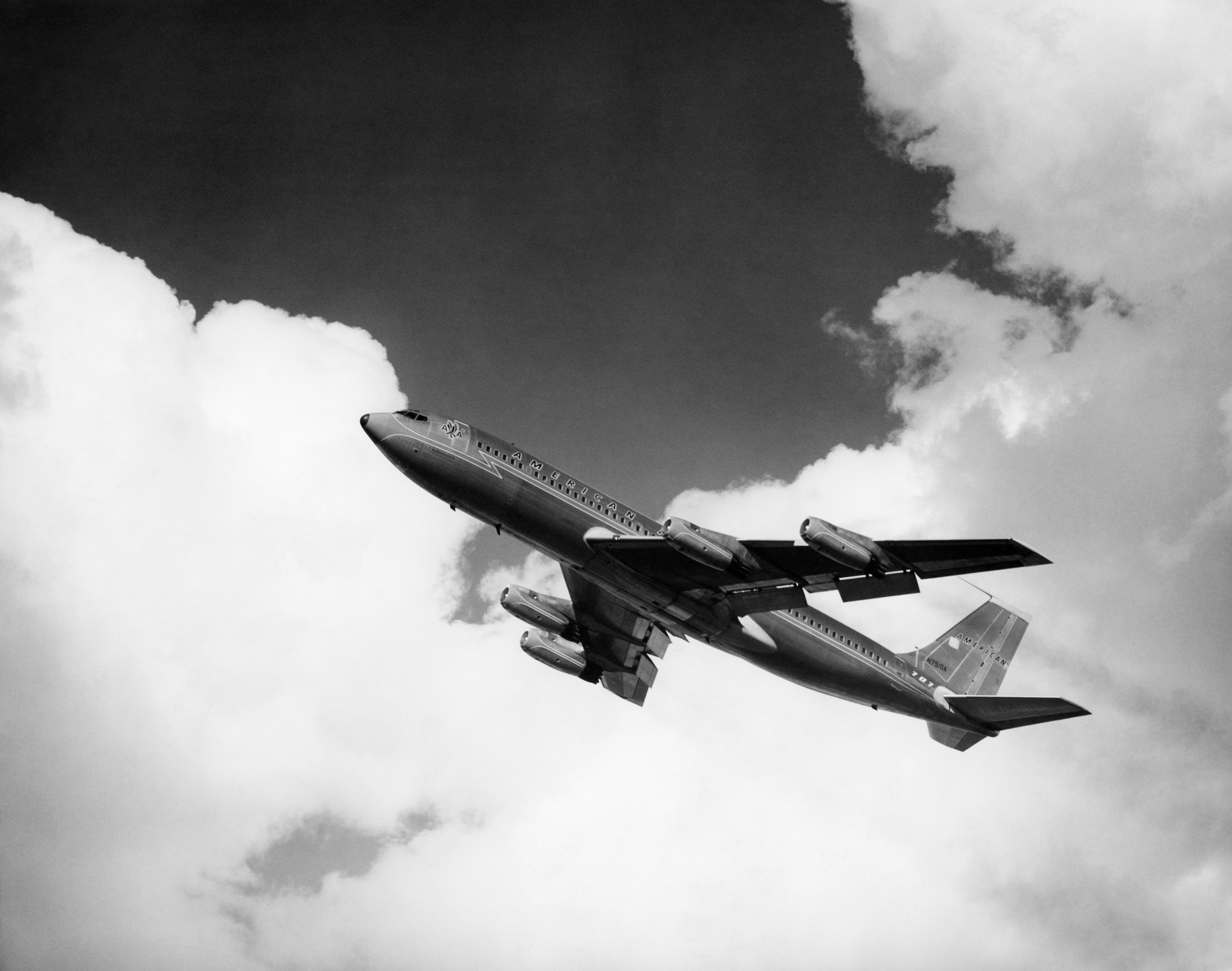
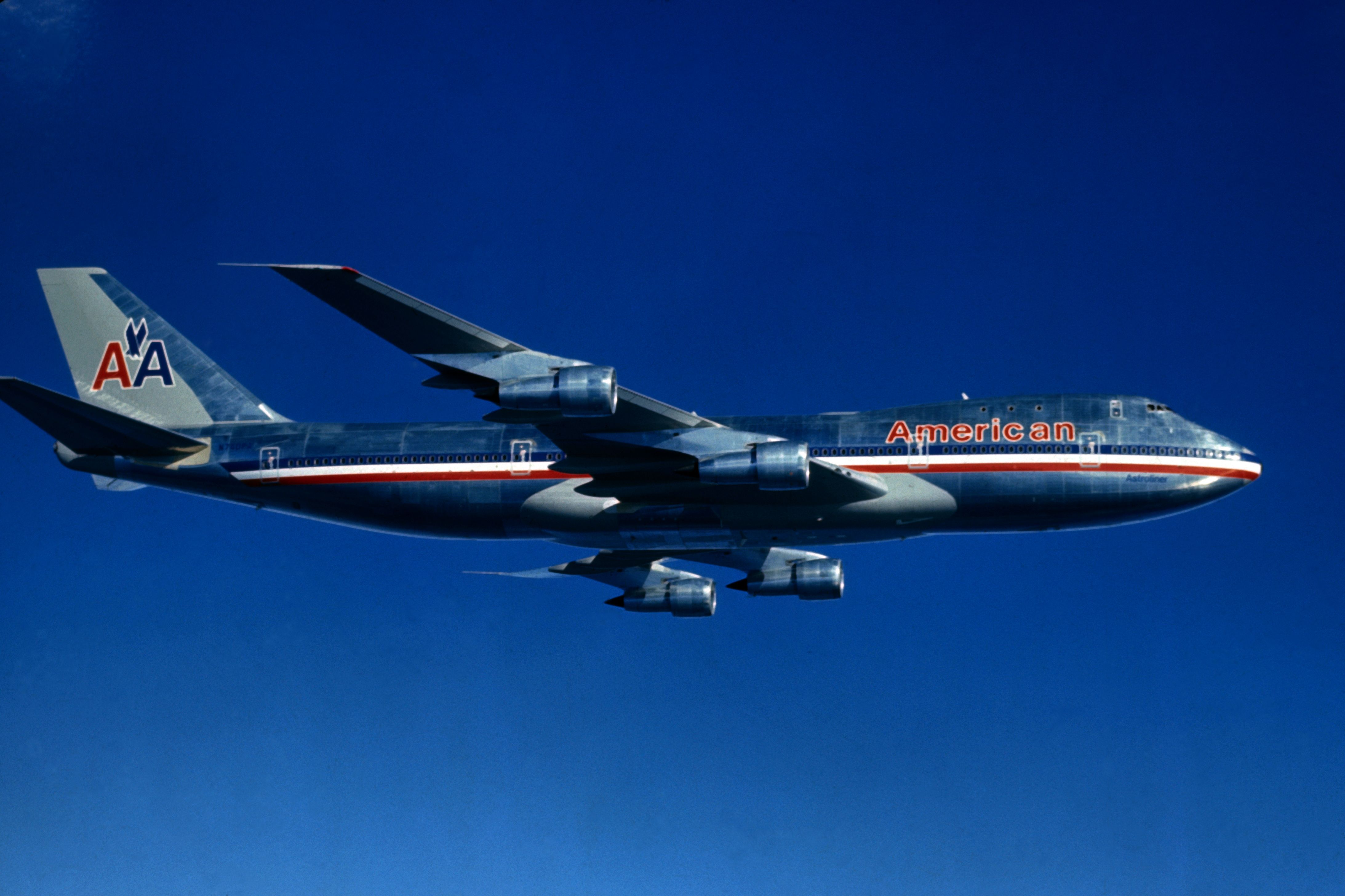
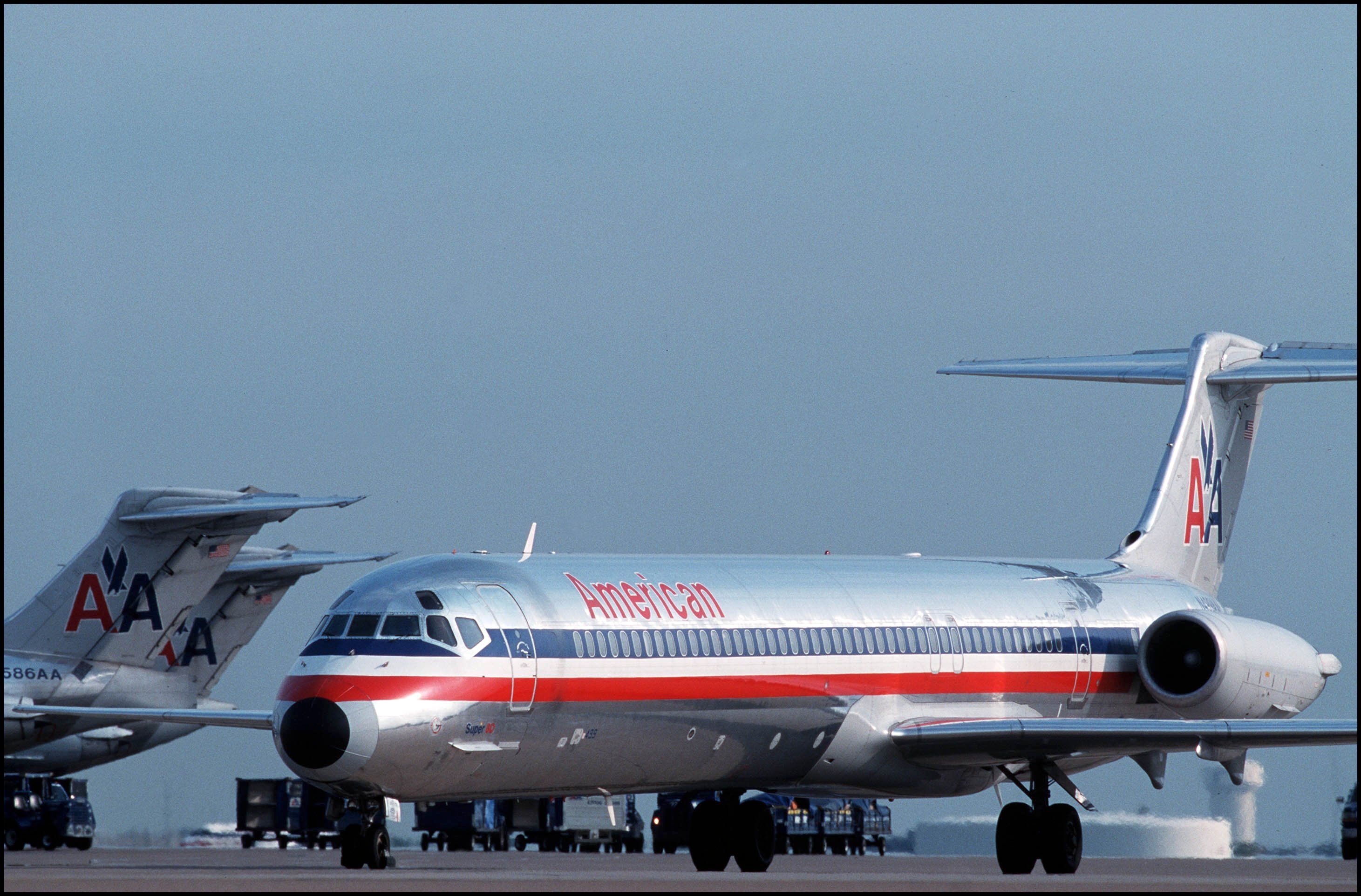
-Boeing-737-800-N837NN.jpg)
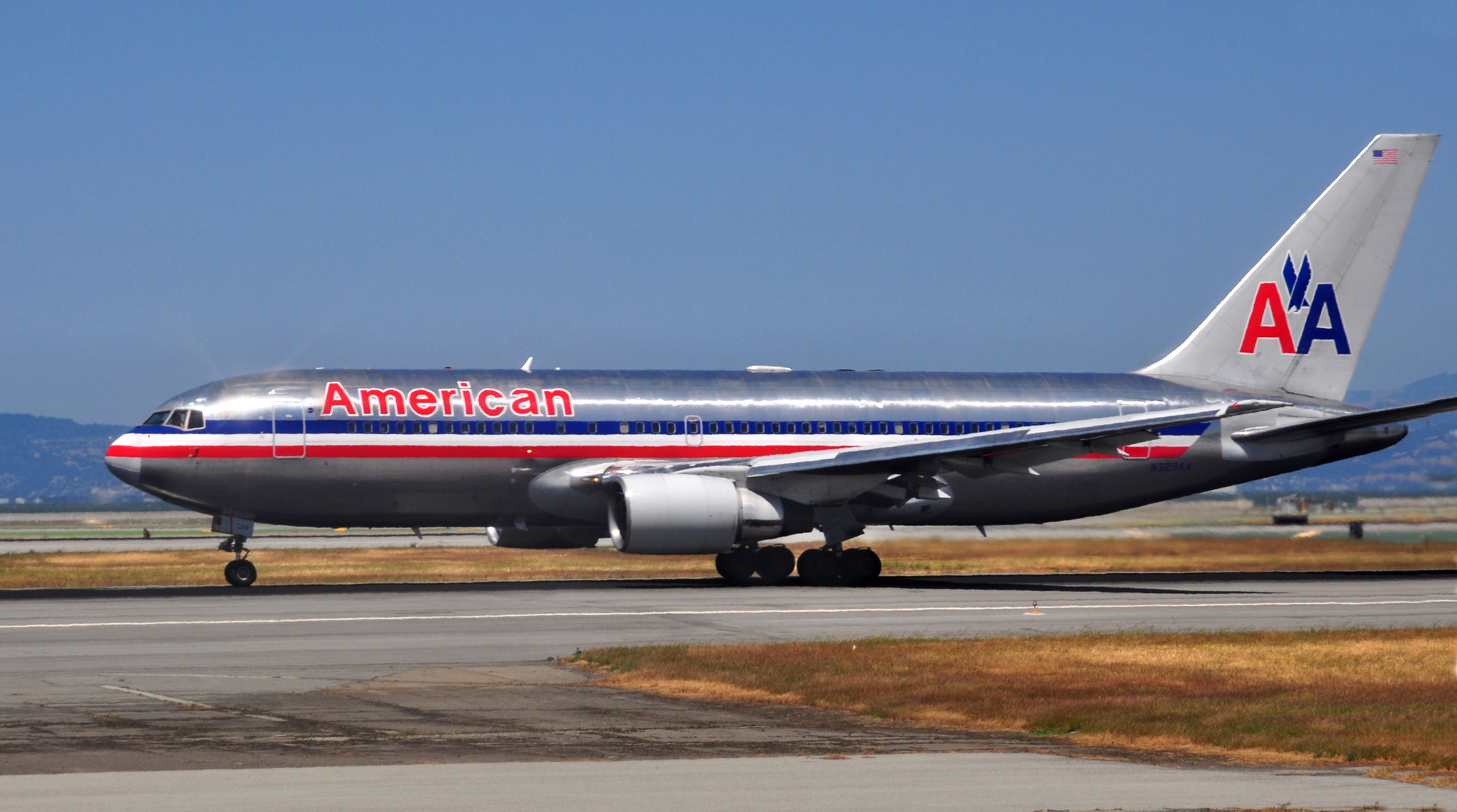
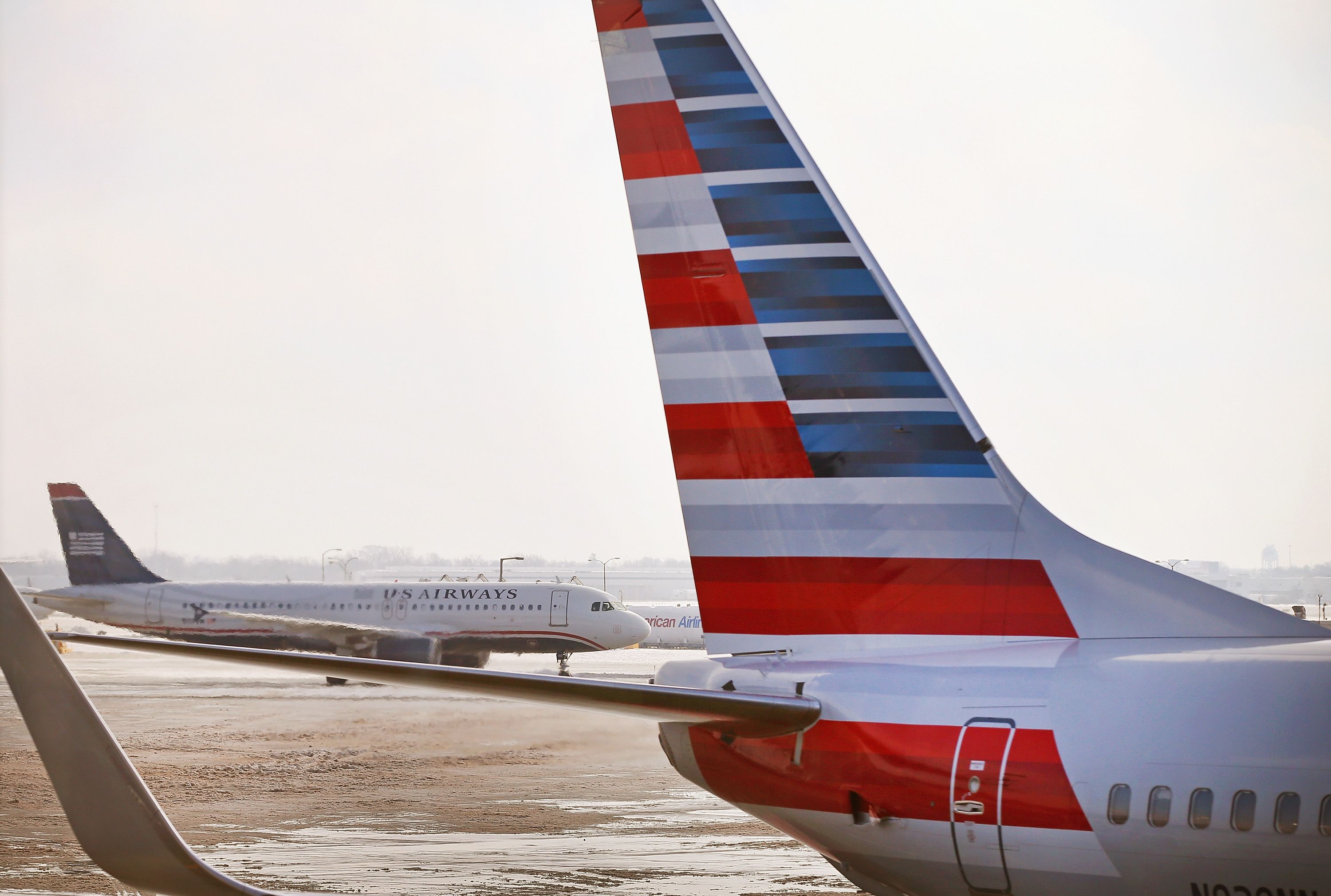
.jpg)